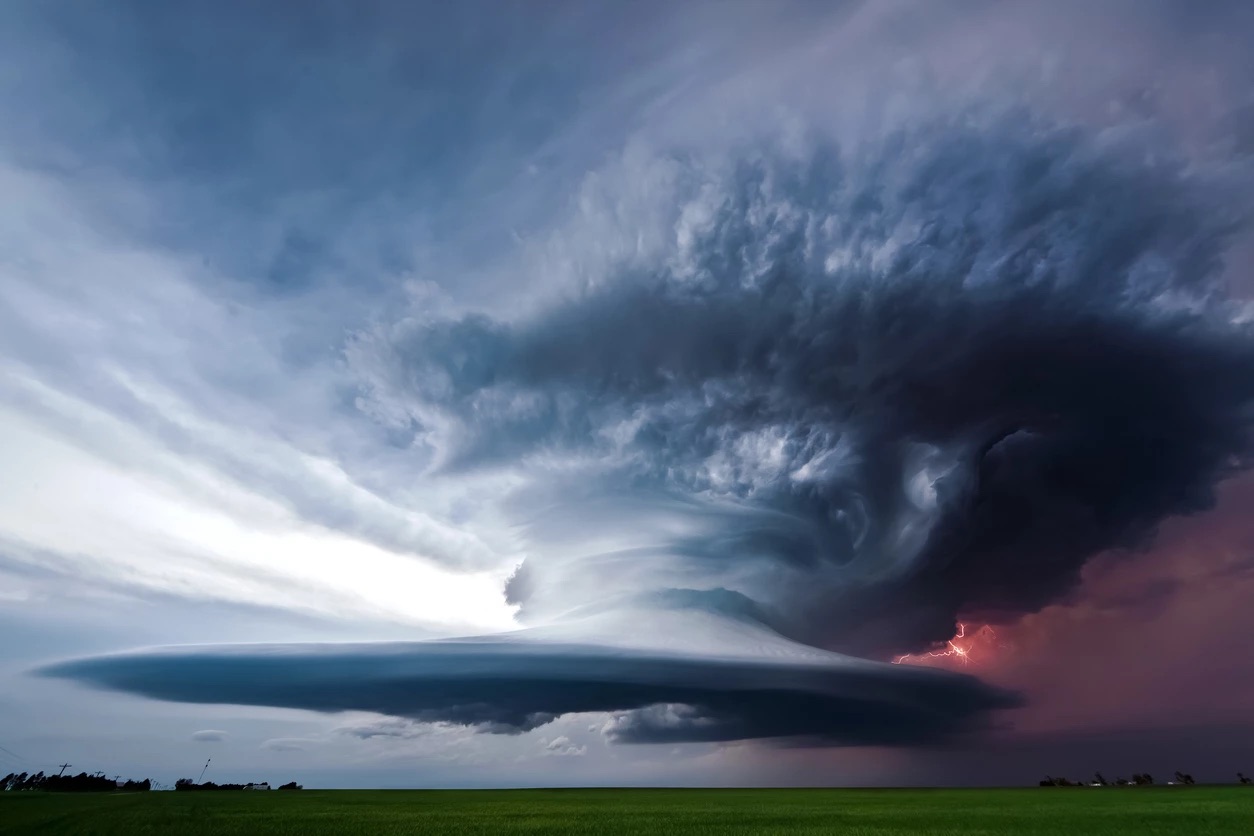Climate change is real. The Earth is warmer now than it has been for over 10,000 years. Greenhouse gases caused by human activities trap heat in the air and the oceans, causing temperatures to rise. Weather extremes worldwide are commonplace. Tsunamis, raging fires, blistering heat, gale force winds, flooding, drought, freezing rain in February and many other anomalies speak to a planet shifting its weather patterns.
Saskatchewan is not exempt. On the hottest summer days between 1976 and 2005 Regina’s mean temperature was 35.3 degrees C. In July, the humidex hit 40 degrees C on the hottest day of the year so far. Things are heating up. The Climate Atlas of Canada predicts that Regina’s mean temperature will increase to 40.7 degrees C between 2051 and 2080. Check out this cool interactive map and learn more about how Mother Nature is reacting to climate change. Be sure to zoom in on Southern Saskatchewan.
Extreme weather causes extreme conditions that can result in extreme damage. While prairie thunderstorms put on a spectacular show, hot, humid temperatures produce severe thunderstorms with high winds and angry skies. The combination of a warm surface and cooler air in the upper stratosphere mean risk of hail or tornados, both dangerous weather conditions. You don’t want to be outside when there’s a tornado on the horizon or chunks of ice drop from the sky!
The making of a hail storm
Let’s talk about hail. Where there’s a thunderstorm at play, hail is a distinct possibility. Imagine fast currents of air moving upwards (updrafts) and downwards (downdrafts). Inside the updrafts and downdrafts are water vapour (gas) and rain (liquid) that are pushed extremely high. When the air temperature drops below freezing, the water condenses and freezes. The centre of a hailstone is born. It drops below the freezing line, collecting rain and other particles, but eventually gets caught in an updraft. A new layer freezes and the pattern repeats itself. When the ice becomes too heavy to resist the force of gravity, it falls to the ground.
The making of a tornado
The same weather conditions can produce a tornado. Warm, moist air clashes with cool, dry air creating instability. A strong jet stream high in the atmosphere and weaker winds near the surface produce wind shear. Flatland, like most Saskatchewan’s landscape, are the perfect companion. So far this year, 16 tornados including six supercellular tornados have touched down in Southern Saskatchewan.
The 2018 Farmer’s Almanac predicts hot weather for late July through early August, creating optimal conditions for spectacular prairie storms. We encourage you to protect your assets from unpredictable weather. Call us for more information about our hail and property insurance policies. You’ll be glad you did.
